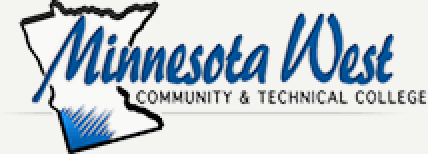BIOL 2270 Microbiology
BIOL 2270: Microbiology
Description
Microbiology covers the fundamentals of the science of microbiology, microscopy, structure and function of cells, metabolism, microbial growth and control, genetics, and recombinant DNA technology. Also covered is a survey of the microbial world including bacteria, viruses, and pathogenic fungi, protozoa and multi-cellular organisms. The interaction between the microbe and its host is covered as well as environmental and applied or industrial microbiology. Laboratory exercises are designed to reinforce lecture material and provide an opportunity for students to (1) master microbiological techniques, (2) develop critical thinking skills, and (3) learn to analyze and present data.
Credits
4
Prerequisite
STSK 0090 or placement by multiple measures. BIOL 1110, CHEM 1101 or CHEM 1150 is recommended
Corequisite
None
Topics to be Covered
1. Investigate cellular characteristics of microorganisms.
2. Familiar with laboratory equipment, growth media and procedures used in a microbiology lab.
3. Illustrate the metabolism, growth, and control of microscopic organisms.
4. Gain an understanding of pathology, epidemiology, pathogenicity, and immunology as it relates to interactions between the microbe and its host.
5. Discuss microbial genetics and recombinant DNA technology.
6. Study many pathogenic microorganisms.
Learning Outcomes
1. Recall the fundamental concepts of microbiology including microscopy, structure and function of cells, metabolism, microbial growth and control, genetics, and recombinant DNA technology.
2. Identify the differences between bacteria, viruses, fungi, protozoa and multi-cellular parasites.
3. Explain the principles of pathology, epidemiology, pathogenicity, and immunology.
4. Determine the value of microbes in our daily lives and their central role in nature and industry.
5. Demonstrate the preparation of bacterial slide smears and staining.
6. Describe current and practical uses of microbiology.
7. Illustrate the use and care of the microscope.
8. Demonstrate the transfer of bacteria and aseptic technique.
9. Demonstrate the isolation of bacteria by streak plate technique.
Credit Details
Lecture: 3
Lab: 1
OJT: 0
MnTC Goal Area(s): Goal Area 03 - Natural Sciences
Minnesota Transfer Curriculum Goal Area(s) and Competencies
Goal Area 03: Natural Sciences
1. Demonstrate understanding of scientific theories.
2. Formulate and test hypotheses by performing laboratory, simulation, or field experiments in at least two of the natural science disciplines. One of these experimental components should develop, in greater depth, students’ laboratory experience in the collection of data, its statistical and graphical analysis, and an appreciation of its sources of error and uncertainty.
3. Communicate their experimental findings, analyses, and interpretations both orally and in writing.
4. Evaluate societal issues from a natural science perspective, ask questions about the evidence presented, and make informed judgments about science-related topics and policies.
